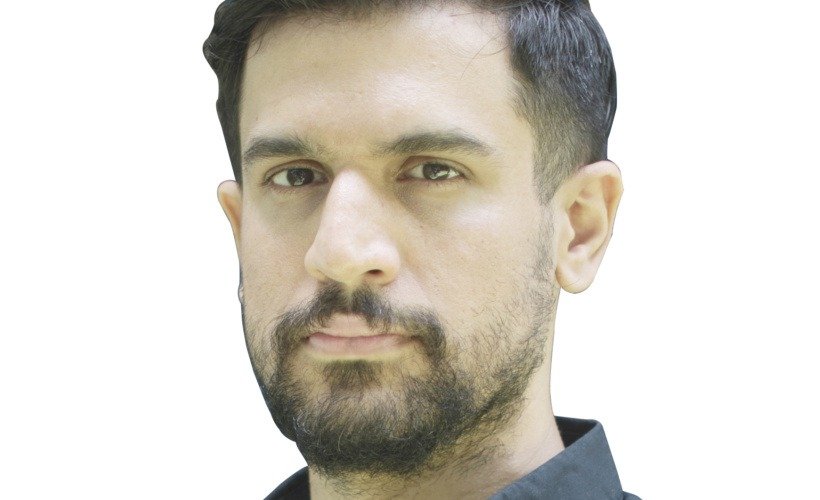
SWAPNIL KAMAT shows how thoughtful reflection on your past can shape a wiser, calmer future
We are time travellers of the mind. Every day, we drift backward into memory and forward into imagination. The present moment is often the one we spend the least time in. And while many self-help mantras urge us to ‘live in the now,’ the truth is: we spend a significant part of our mental lives revisiting the past.
and forward into imagination. The present moment is often the one we spend the least time in. And while many self-help mantras urge us to ‘live in the now,’ the truth is: we spend a significant part of our mental lives revisiting the past.
So if the past is where our mind so often wanders, the question becomes: What are we doing when we get there?
Retrospection as a Tool, not a Weight
The past is a goldmine of personal insight–if you know how to dig.
Every meaningful experience you have lived through–good or bad–has something to teach you. But we rarely pause to extract those lessons with care. Instead, we often revisit events emotionally but not intellectually. We replay what hurt us or made us proud, but we don’t pause to ask: What can I take from this? What does this reveal about who I want to be going forward?
If you want your past to work for you rather than against you, you need to make one conscious shift: start using your memories to learn, not just to linger.
Learn from the Highs
Positive memories are often filed under ‘feel-good moments.’ But they are also signals. They tell you what brings you alive, what matters to you, and what behaviours you might want to repeat or pass on.
Maybe you recall how you felt after a spontaneous solo trip, or the sense of meaning you got from volunteering, or the ease of a particular friendship. These moments aren’t just pleasant – they are instructive. They are clues to your version of a fulfilling life.
Learn from the Lows–without sugarcoating them
Not every memory deserves a ribbon. Some moments in your past were rough. Some were unfair. Some were caused by your own poor judgment. Others came out of nowhere and knocked the wind out of you.
But here’s the thing: no amount of reliving, regretting, or blaming is going to change the fact that it happened.
What you can do is extract something useful from it.
You can look at a painful memory and ask yourself–not in some emotional, tear- soaked way, but with cold clarity:
What did I learn? What should I never repeat? What behaviour will I now stop tolerating from myself?
That’s the point of looking back. Not to explain away your failures or to endlessly process your feelings, but to pull out the lesson and move on.
Get to the Point: Codify the Learning
Once you have pulled a lesson out of something–write it down. Not a diary entry. Just a sentence or two that makes the takeaway clear. Think of it like your own playbook.
• Don’t ignore red flags, no matter how charming someone is.
• Never say yes to something that feels off just to avoid awkwardness.
• When I feel resentment, it usually means I agreed to something I shouldn’t have.
This is how you stop being someone with ‘a lot of experience’ and start becoming someone with actual wisdom.
You are the Narrator
Every life contains trauma, triumph, embarrassment, pride, mistakes, and moments of grace. These aren’t chapters to be rewritten–they have already been lived. But how you narrate them to yourself is completely up to you.
You can be the critic of your past or the editor of its meaning. You can be the victim of your experiences–or the architect of what they build next.
That choice is where your power lies.





